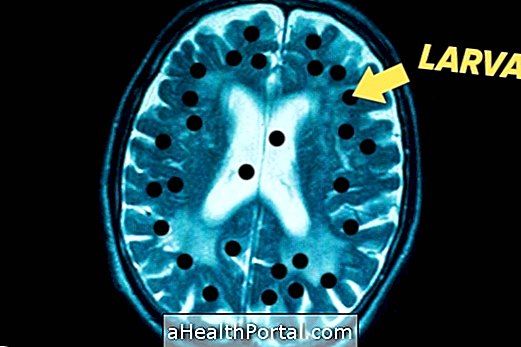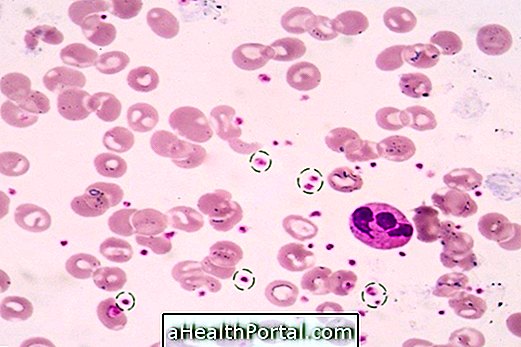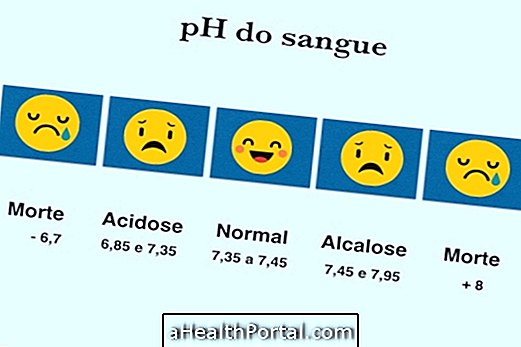Giant cell arteritis, also known as temporal arteritis, is an autoimmune disease that causes chronic inflammation of the arteries in the bloodstream, causing symptoms such as headache, fever, stiffness and weakness of the masticatory muscles, anemia, tiredness and, in cases more serious, can lead to blindness.
This disease is detected by the doctor through physical examination, blood tests and biopsy of the artery, which demonstrate inflammation. The treatment is guided by the rheumatologist, and despite not having a cure, the disease can be very well controlled with the use of medicines, especially corticoids, such as Prednisone.
Temporal arteritis is more common in people over 50 and older, and although its cause is still unclear, it is known to be related to imbalance in the immune system. This disease is a form of vasculitis, a type of rheumatic disease that affects the blood circulation and can cause the involvement of various parts of the body. Understand what vasculitis is and what it can cause.

Main symptoms
Inflammation in the walls of the blood vessels causes generalized symptoms that hamper the circulation of the affected blood vessel, especially the temporal artery, located on the face, in addition to others such as ophthalmic, carotid, aortic or coronary arteries, for example.
Thus, the main signs and symptoms are:
- Headache or on the scalp, which can be strong and throbbing;
- Sensitivity and pain in the temporal artery, which is located on the lateral side of the forehead;
- Pain and weakness in the jaw, which arise after prolonged talking or chewing and improves with rest;
- Recurrent and unexplained fever;
- Anemia;
- Tiredness and general malaise;
- Lack of appetite;
- Weight loss;
Severe changes, such as loss of vision, sudden blindness or aneurysms, may occur in some cases, but can be avoided by identifying and performing treatment as soon as possible by the rheumatologist.
In addition to these symptoms, it is common for temporal arteritis to be accompanied by polymyalgia rheumatica, which is another disease that causes inflammation of the muscles and joints, causing pain in the body, weakness and discomfort in the joints, especially of the hip and shoulders. Learn more about polymyalgia rheumatica.
How to confirm the diagnosis
The diagnosis of temporal arteritis is made through clinical evaluation by the general practitioner or rheumatologist, as well as blood tests that demonstrate inflammation, such as elevation of HSV levels, which can reach values above 100mm.
Confirmation, however, is made by biopsy of the temporal artery, which will demonstrate inflammatory changes directly in the vessel.
How is the treatment done?
Treatment of giant cell arteritis is done to alleviate symptoms and prevent loss of vision with the use of corticosteroids, such as prednisone, at high doses directed by the rheumatologist. The use of medicines is done for at least 4 months, varying according to the improvement of the symptoms.
In addition, the doctor may also recommend analgesics and antipyretics, such as acetaminophen, to relieve symptoms such as fever, tiredness and general malaise if they arise.
The disease can be well controlled with treatment and usually goes into remission, but it may recur after some time, which varies with the response of each person's body.
























